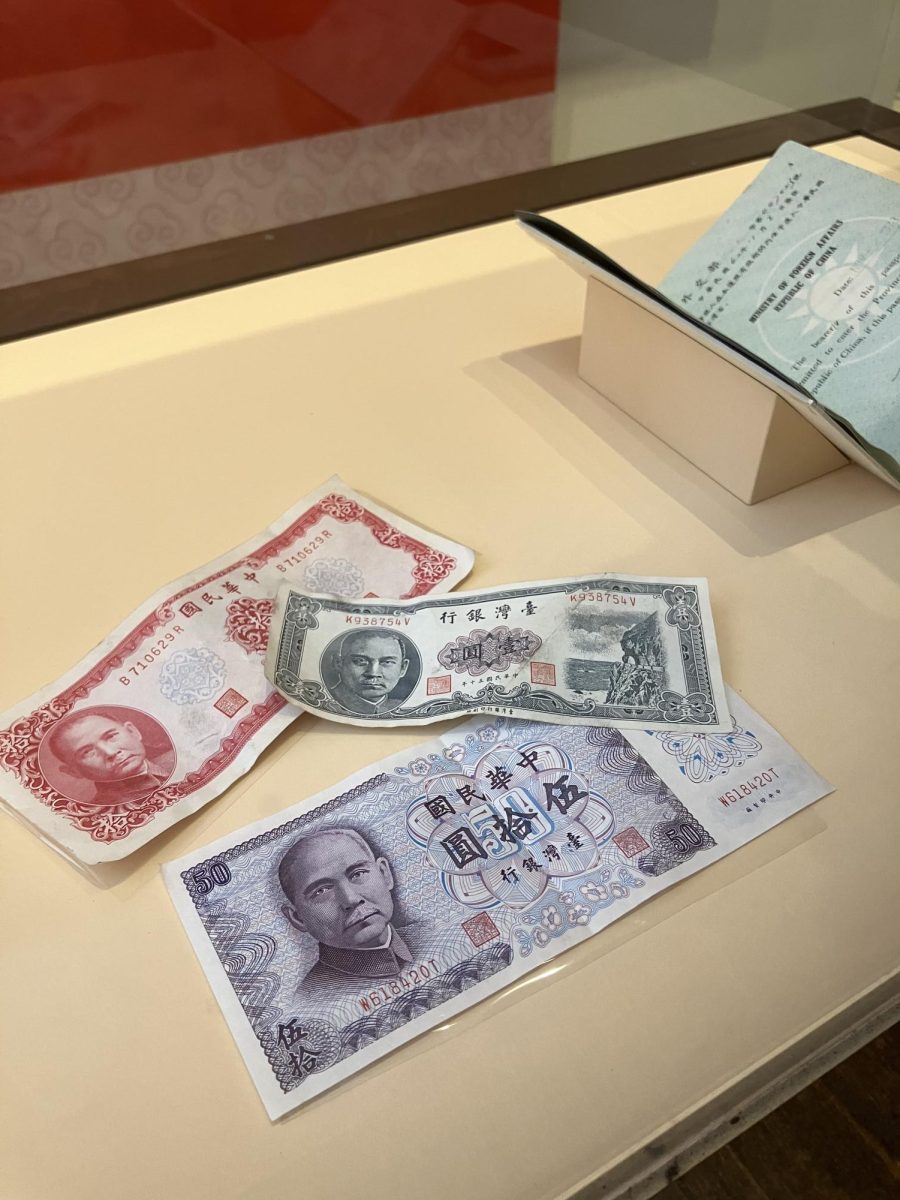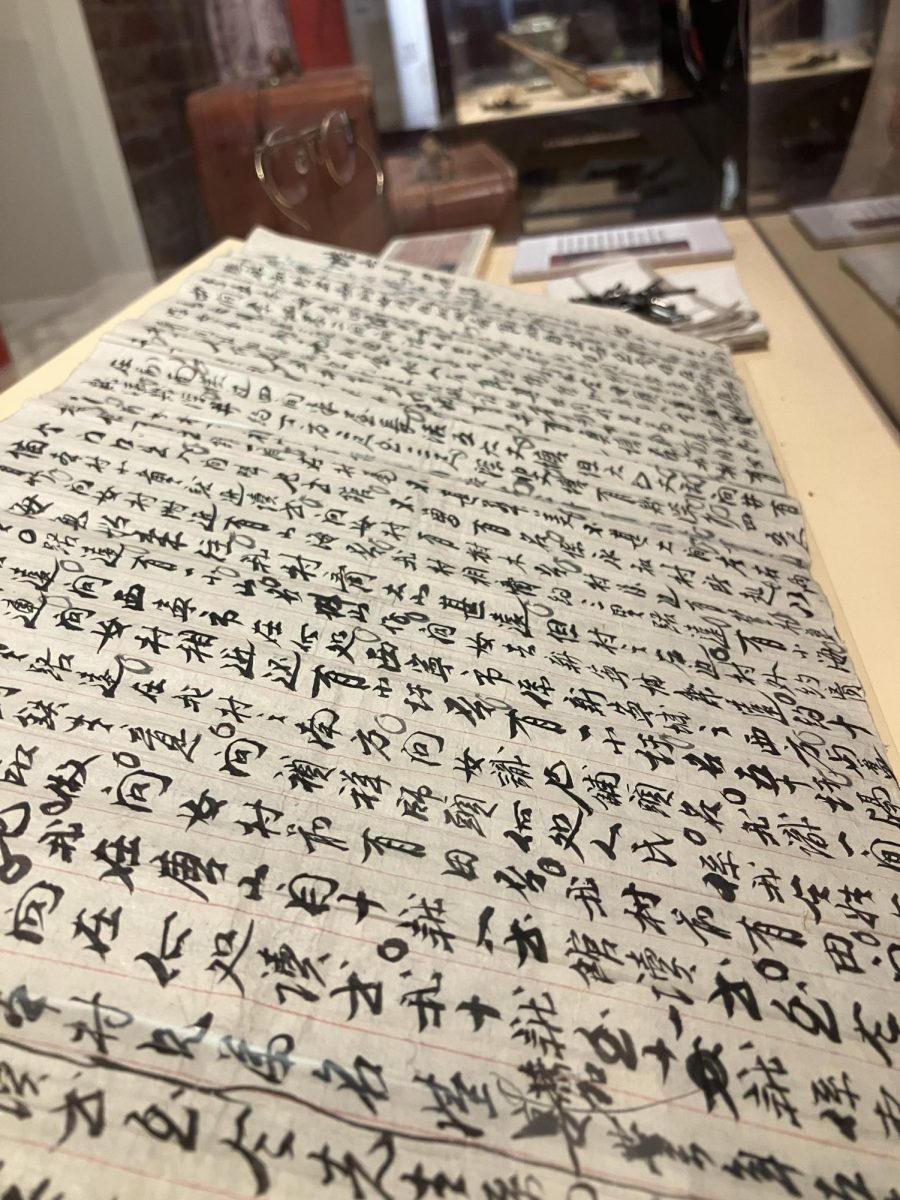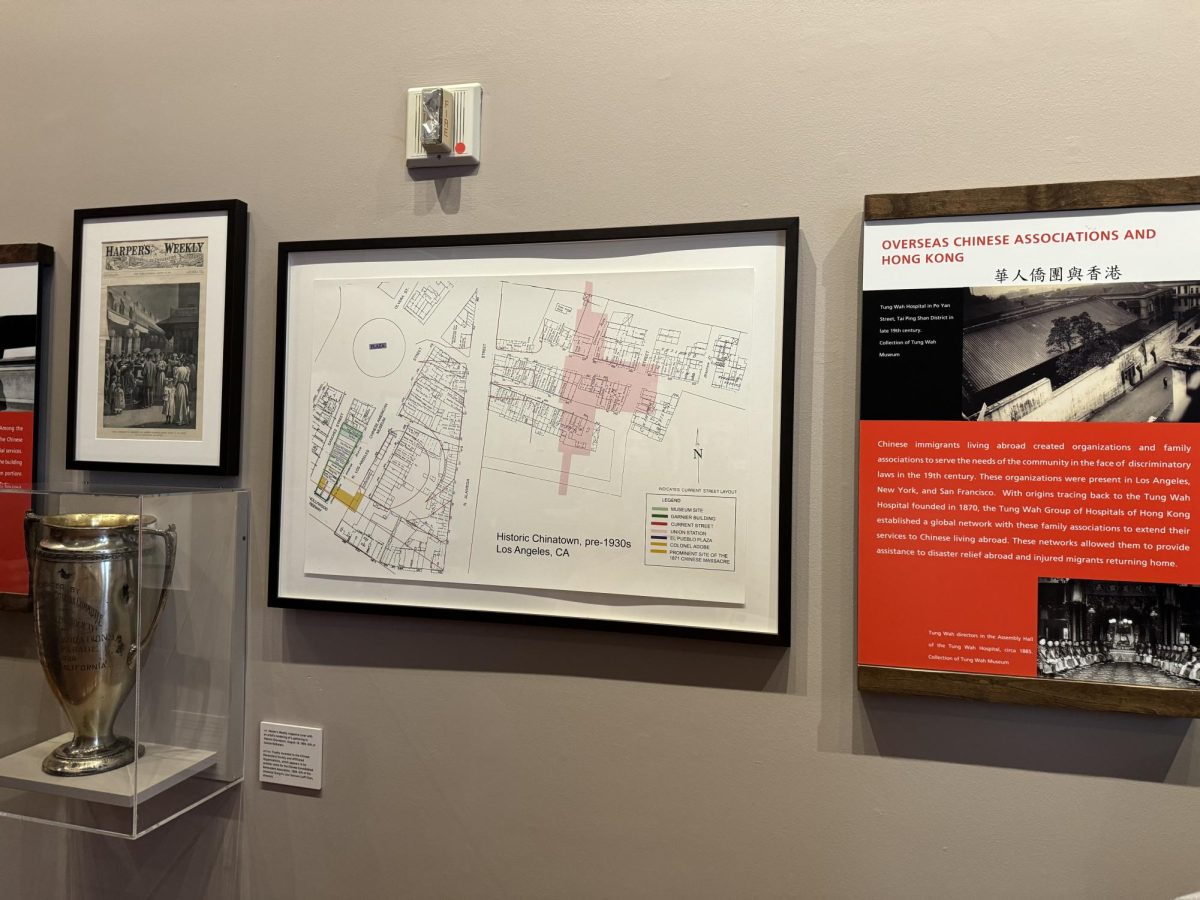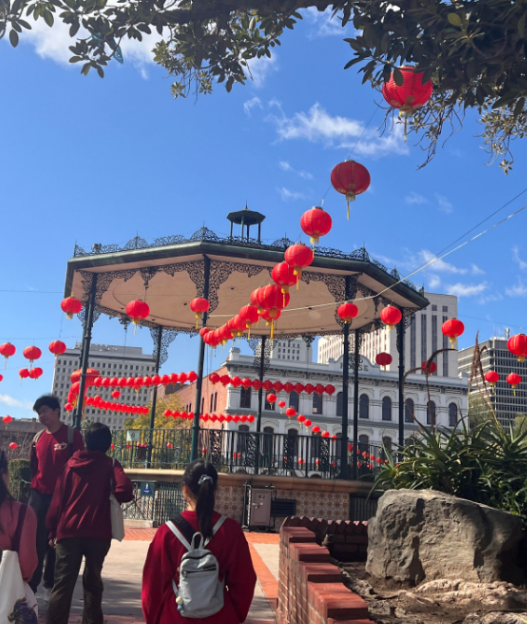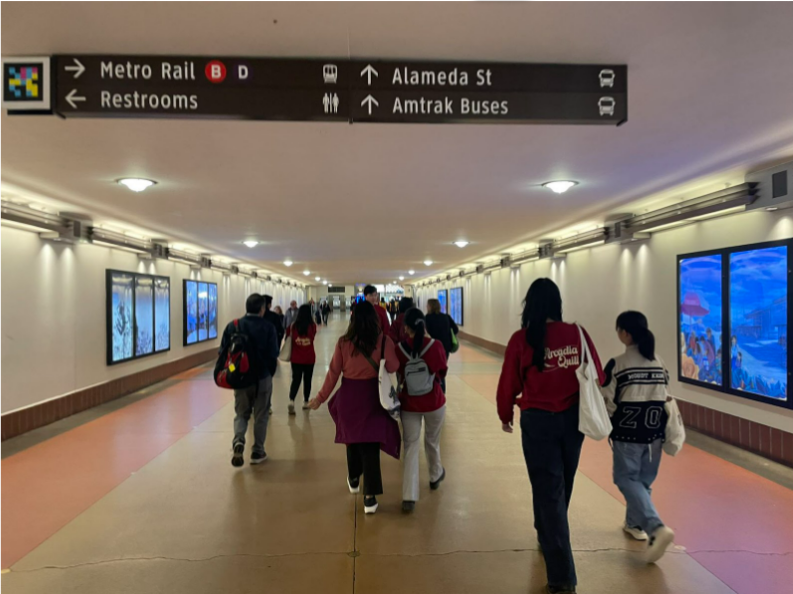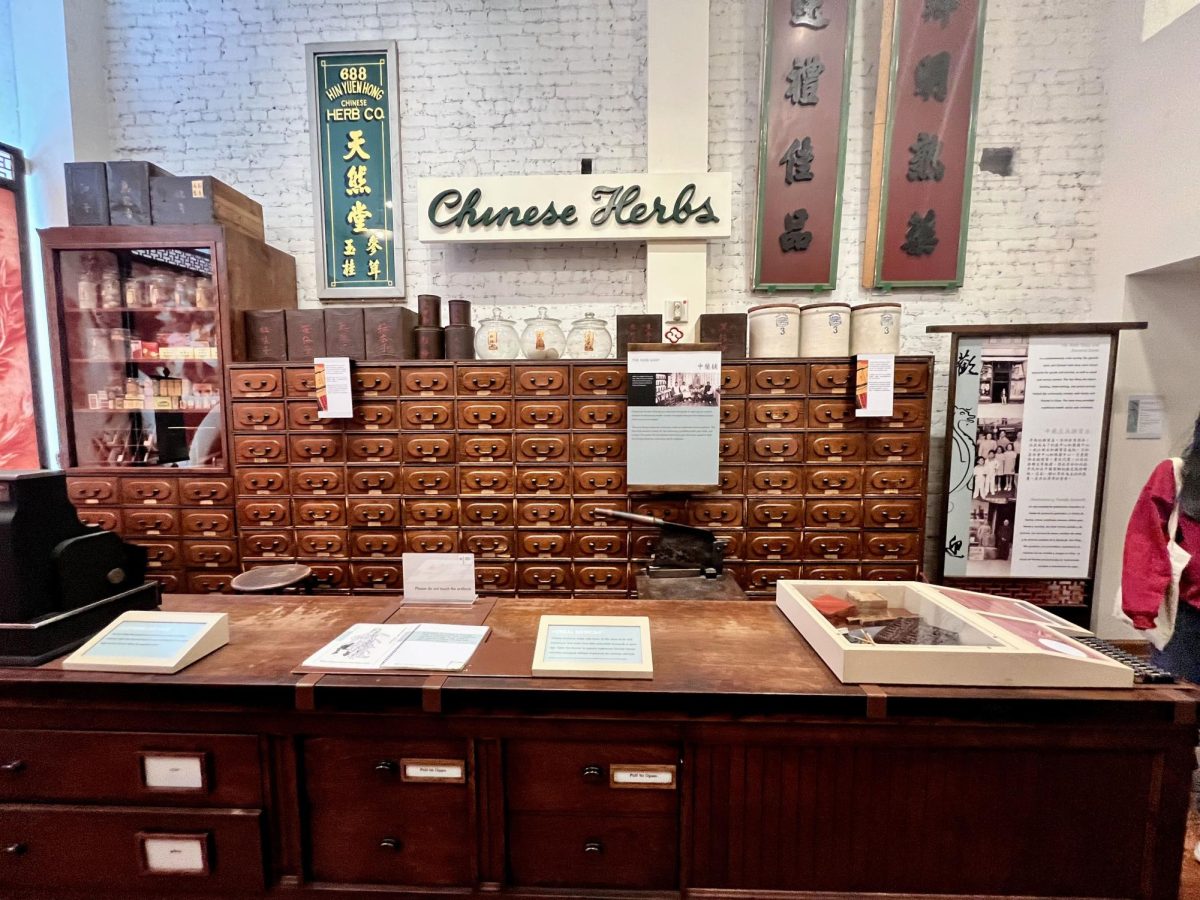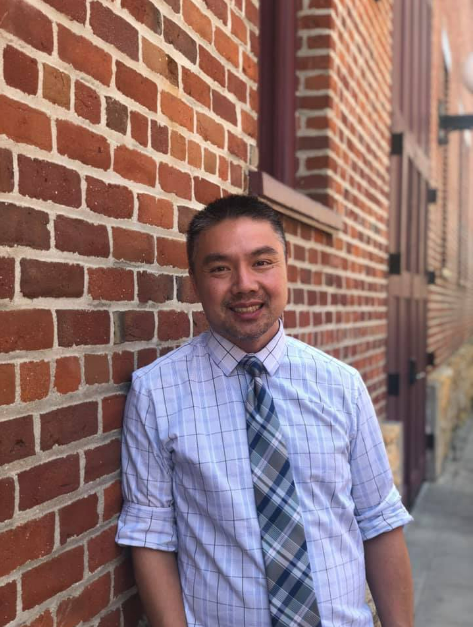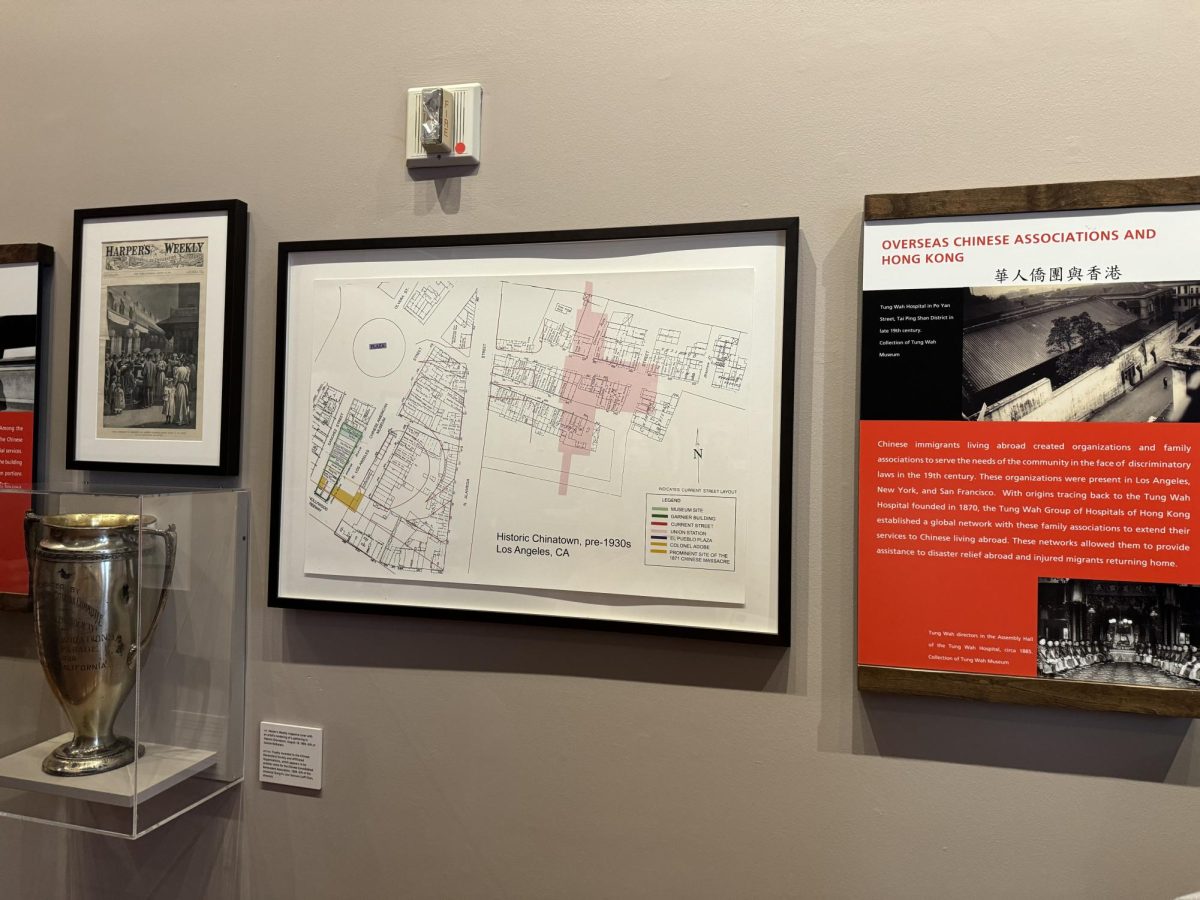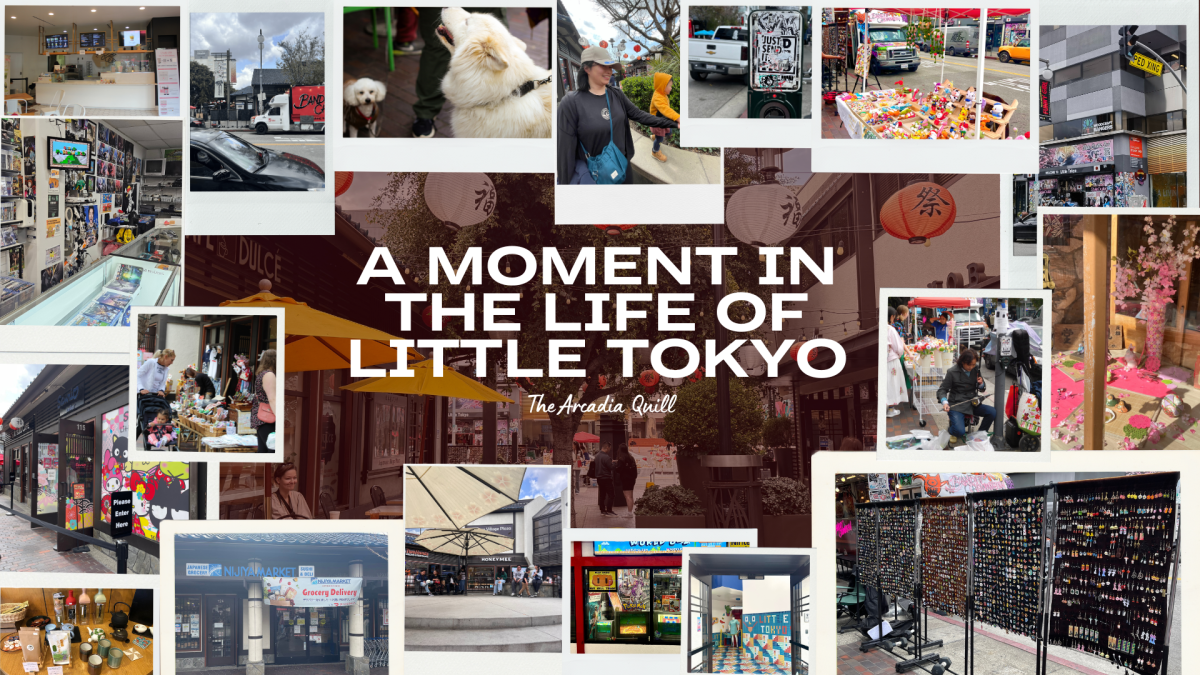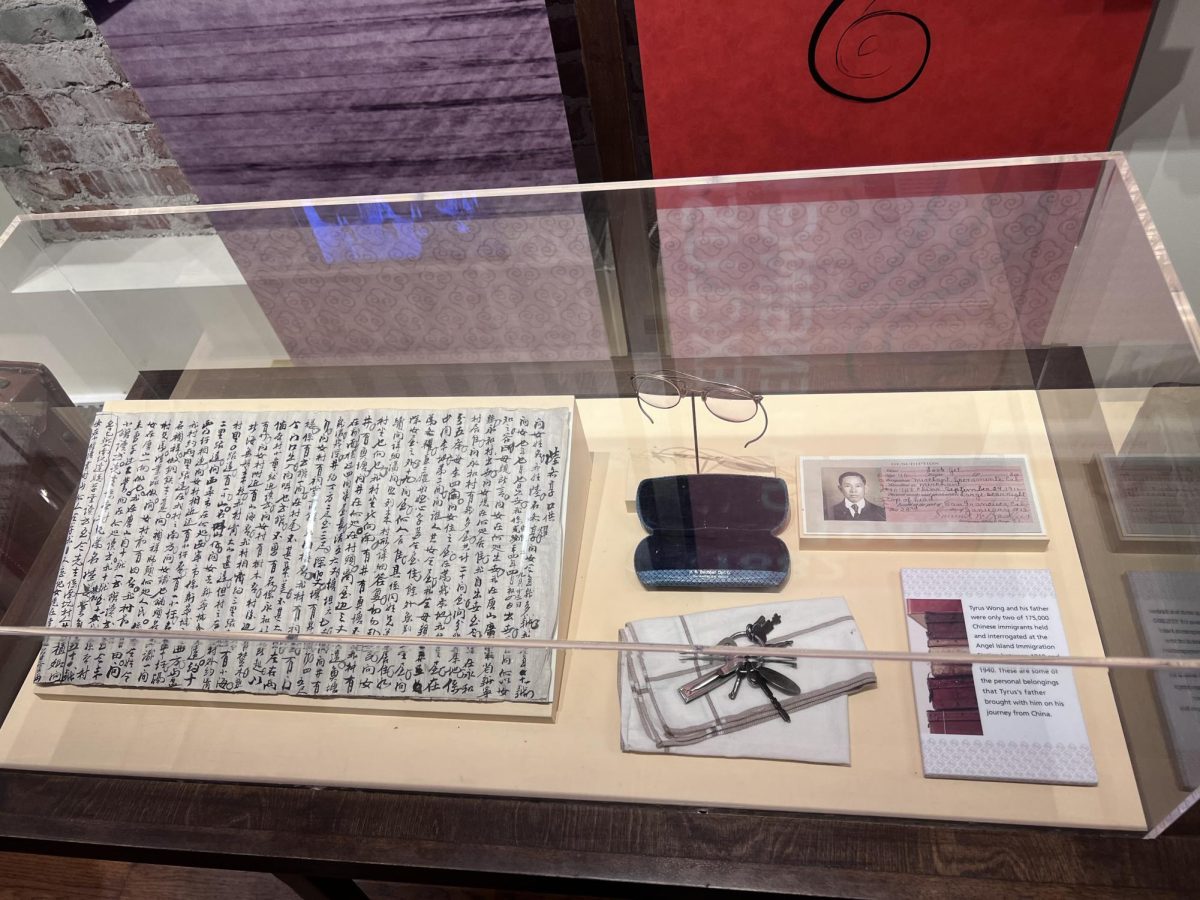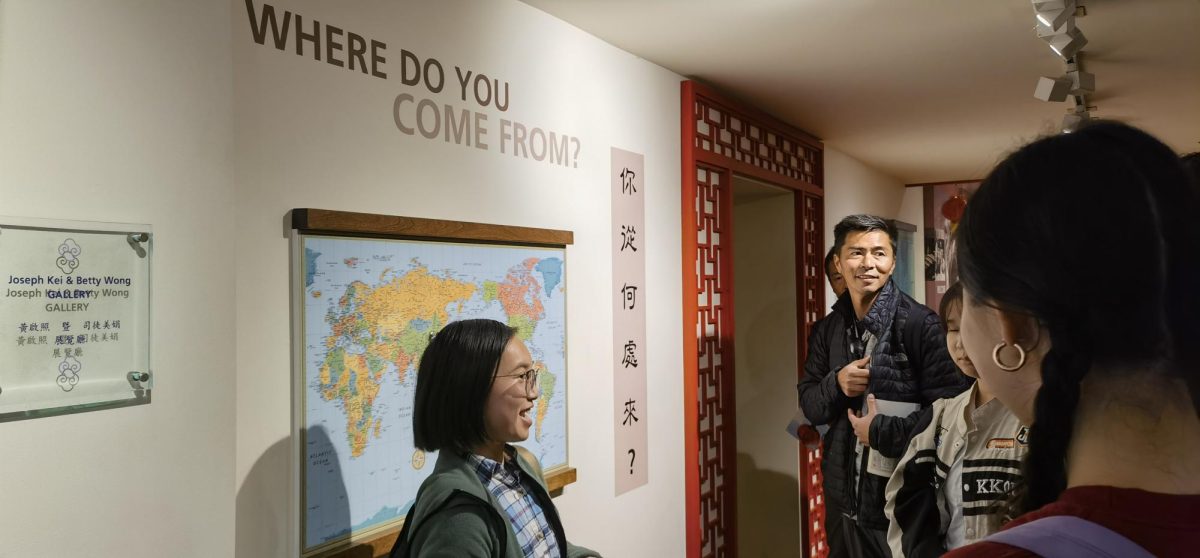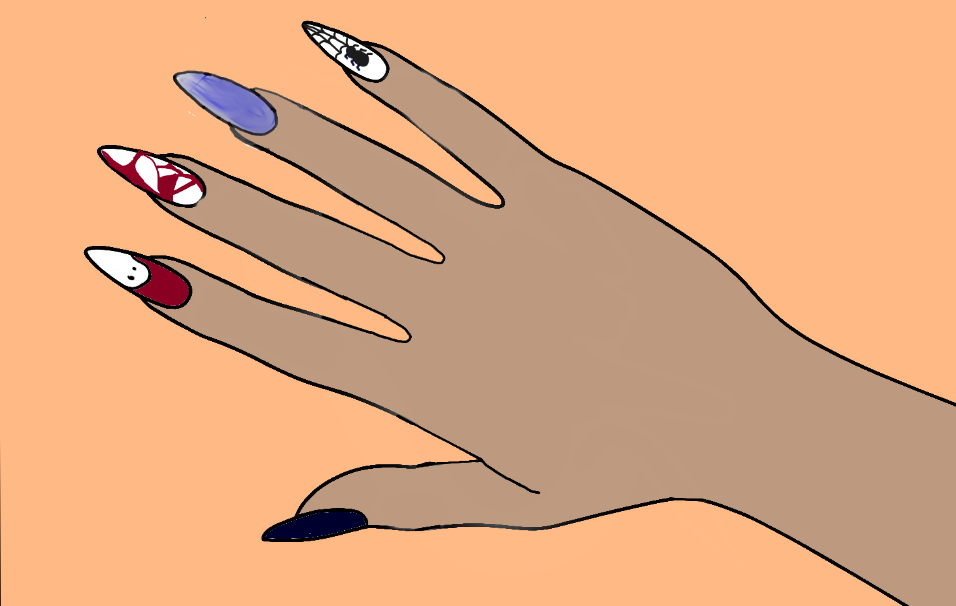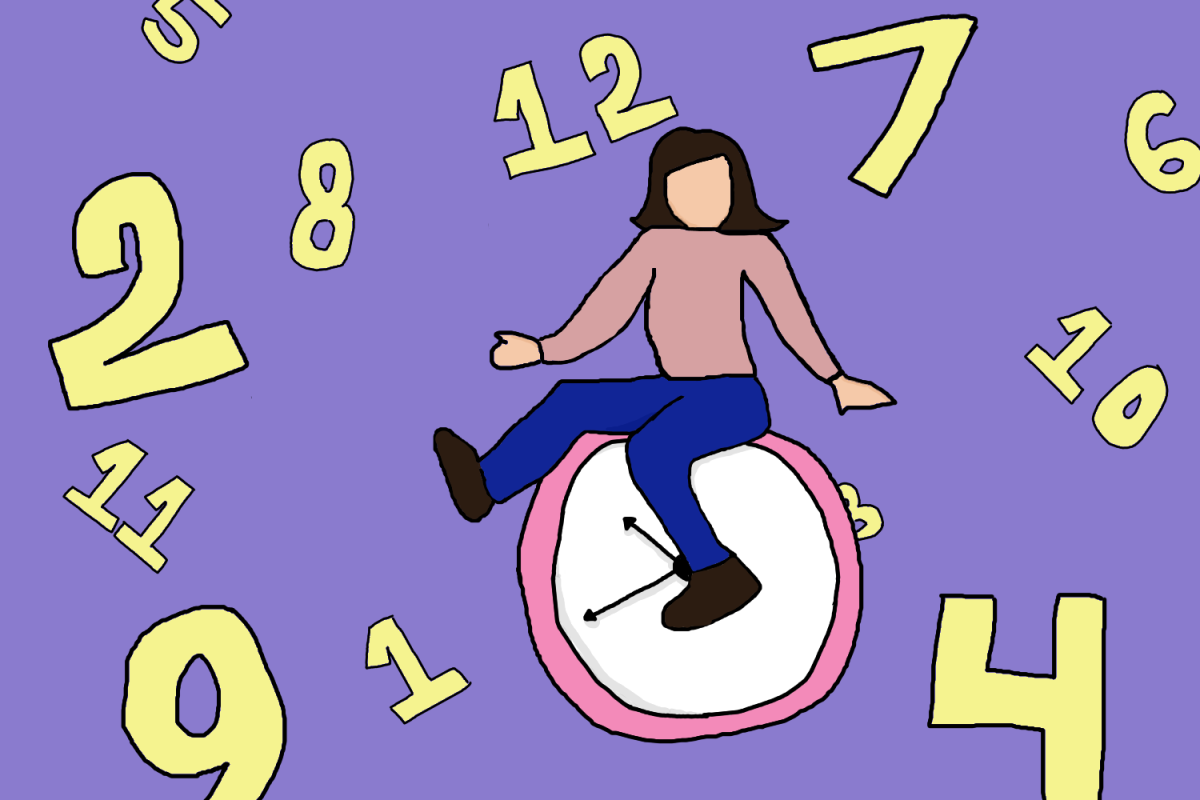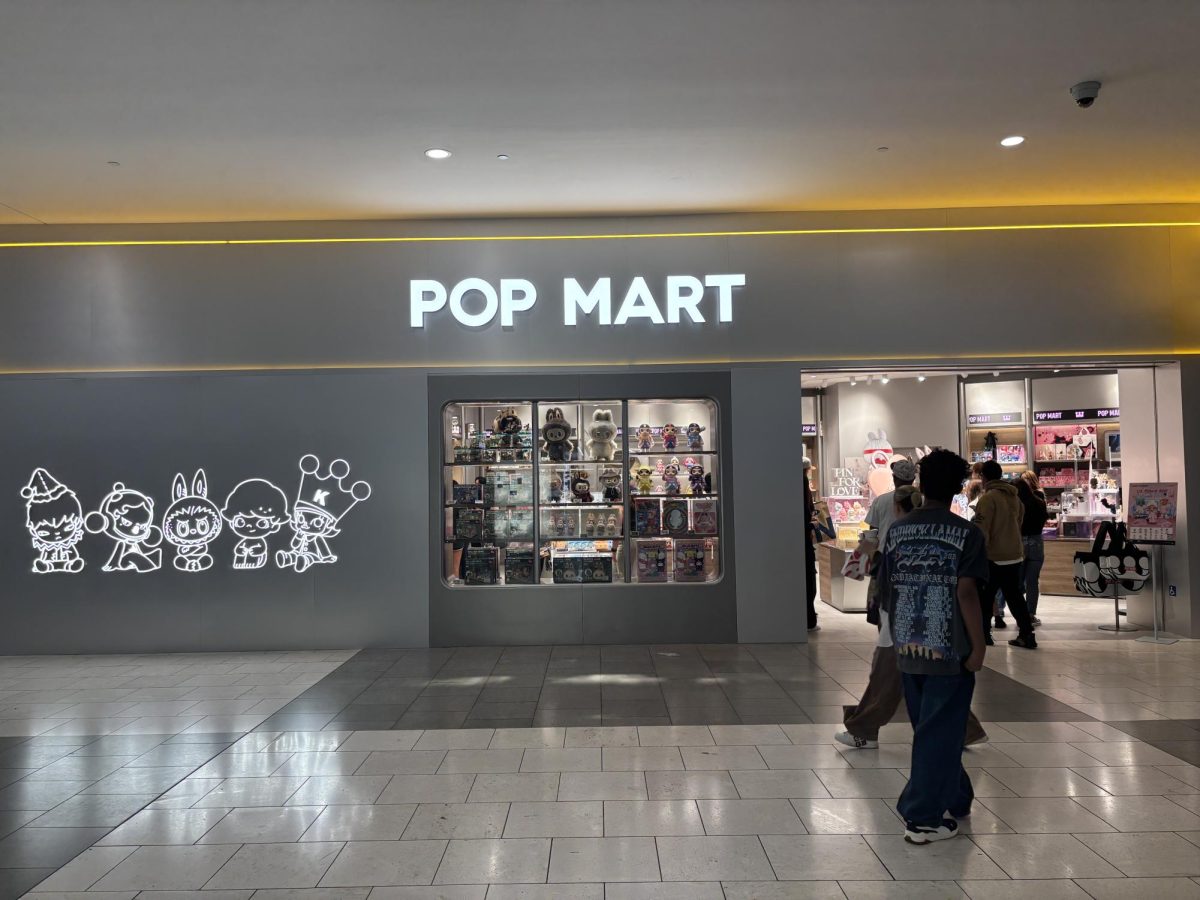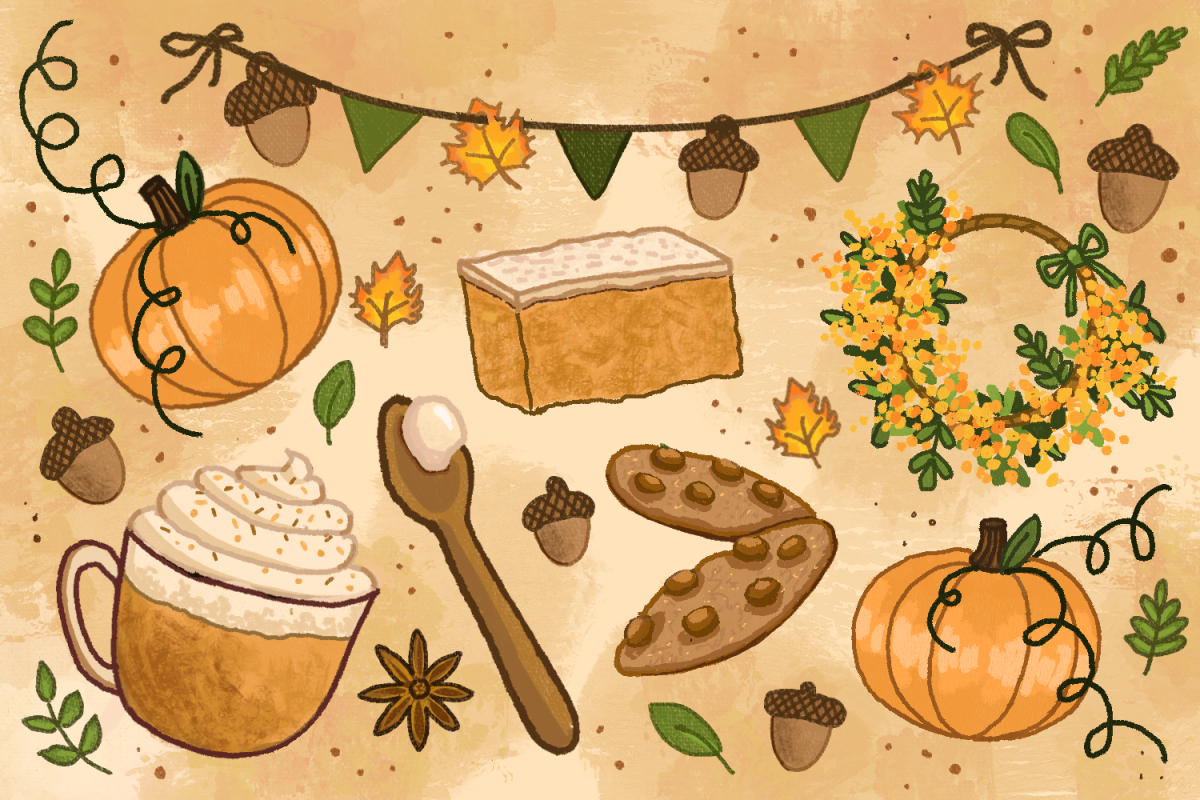 Chinese lanterns line the skies in the heart of Los Angeles Plaza Park, Los Angeles’ former Chinatown.
Chinese lanterns line the skies in the heart of Los Angeles Plaza Park, Los Angeles’ former Chinatown.
Exhibit located in the Chinese American Museum featuring personal items carried during immigration journeys to the West Coast.
A set of Taiwanese paper bills–(left to right) $10, $1, $50 bills–in effect in the 1960s.
The art of Chinese calligraphy has persisted for nearly 3,000 years and is still widely practiced by many Chinese calligraphy artists today.
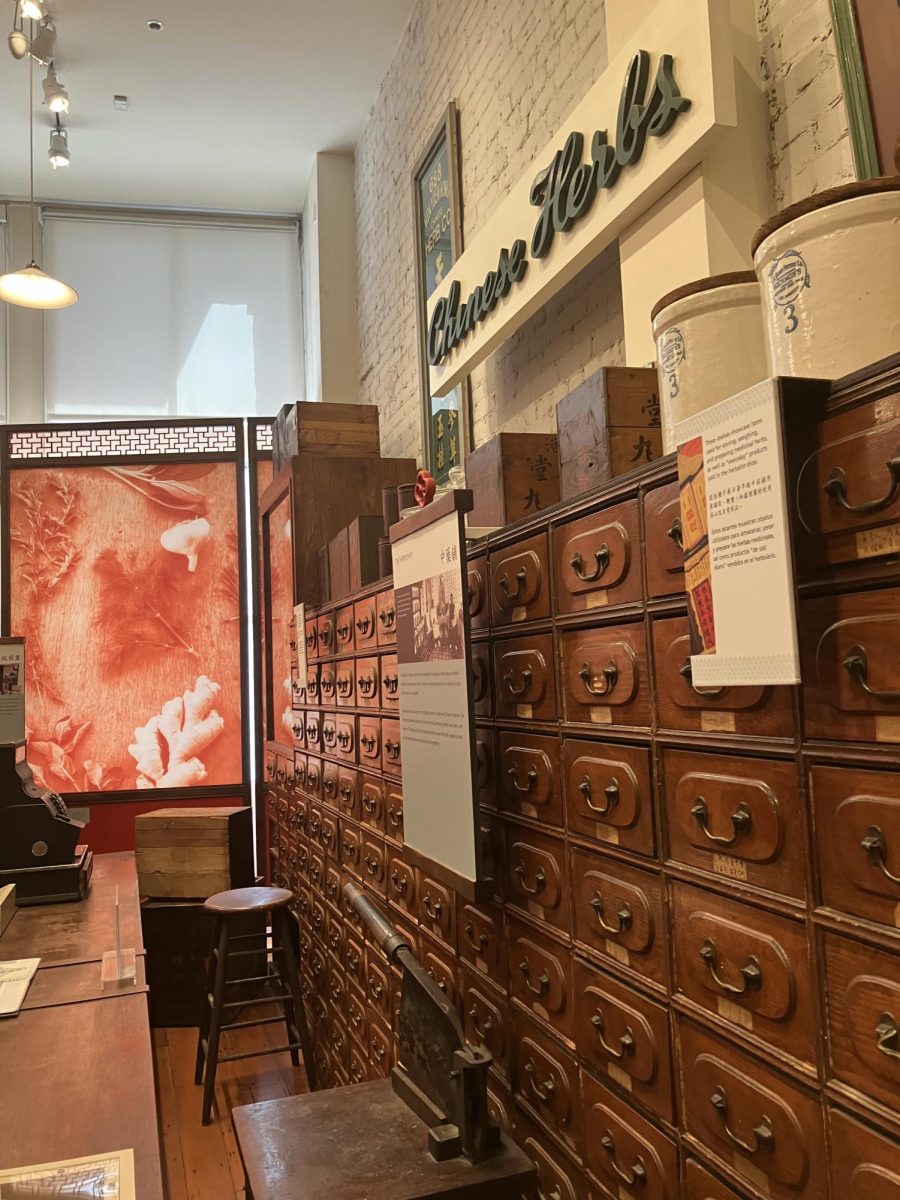
A visualization of a Chinese herbal shop. Some examples of herbs commonly used in traditional Chinese medicine (zhōngyī) are ginseng root, jujube seed, and astragalus root.
 Assortment of postcards, a ceramic plate, and a takeout box—all staples of Chinese culture.
Assortment of postcards, a ceramic plate, and a takeout box—all staples of Chinese culture.
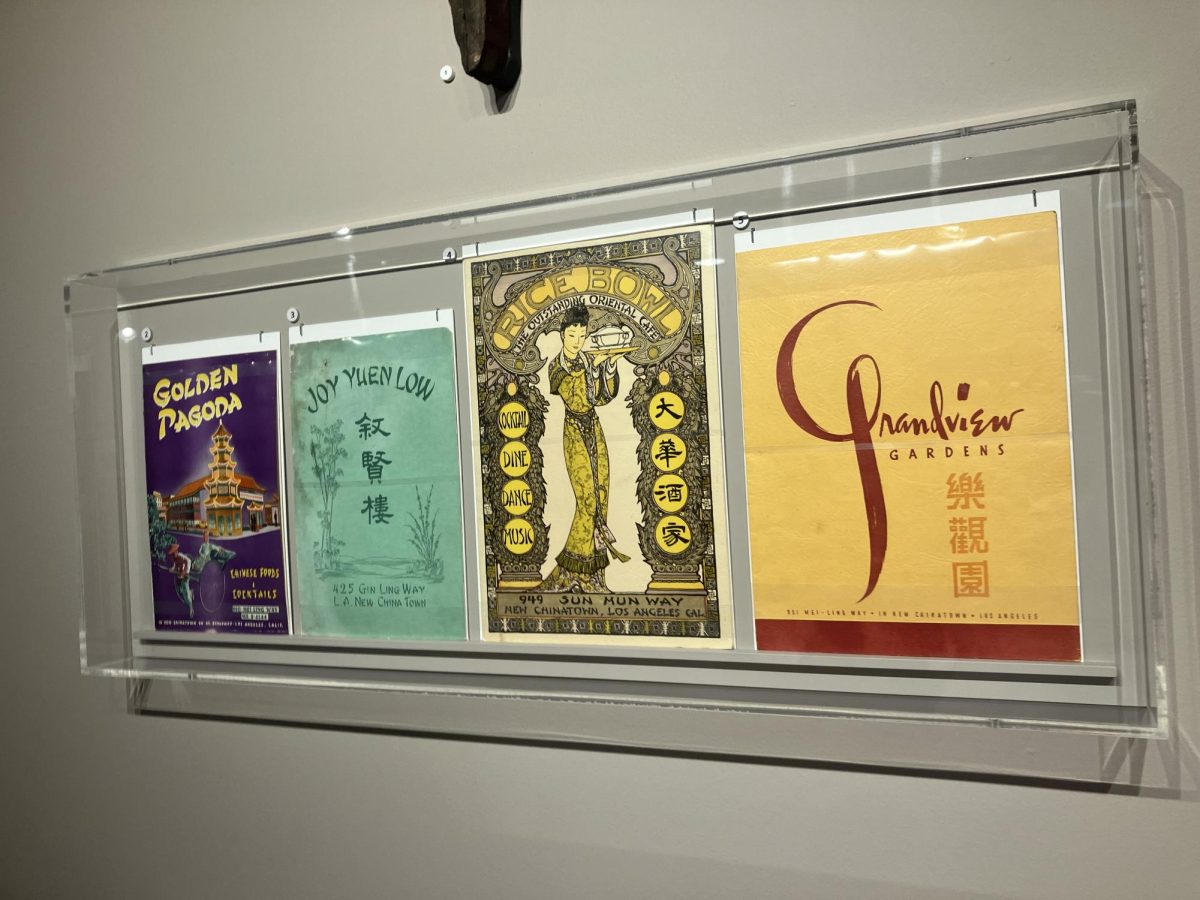 An arrangement of restaurant menus written in the controversial Chop Suey font. This font raised questions about false cultural authenticity because of the manner in which it was used to draw the attention of foreigners.
An arrangement of restaurant menus written in the controversial Chop Suey font. This font raised questions about false cultural authenticity because of the manner in which it was used to draw the attention of foreigners.
 A restaurant menu, matches, and a box of tea.
A restaurant menu, matches, and a box of tea.
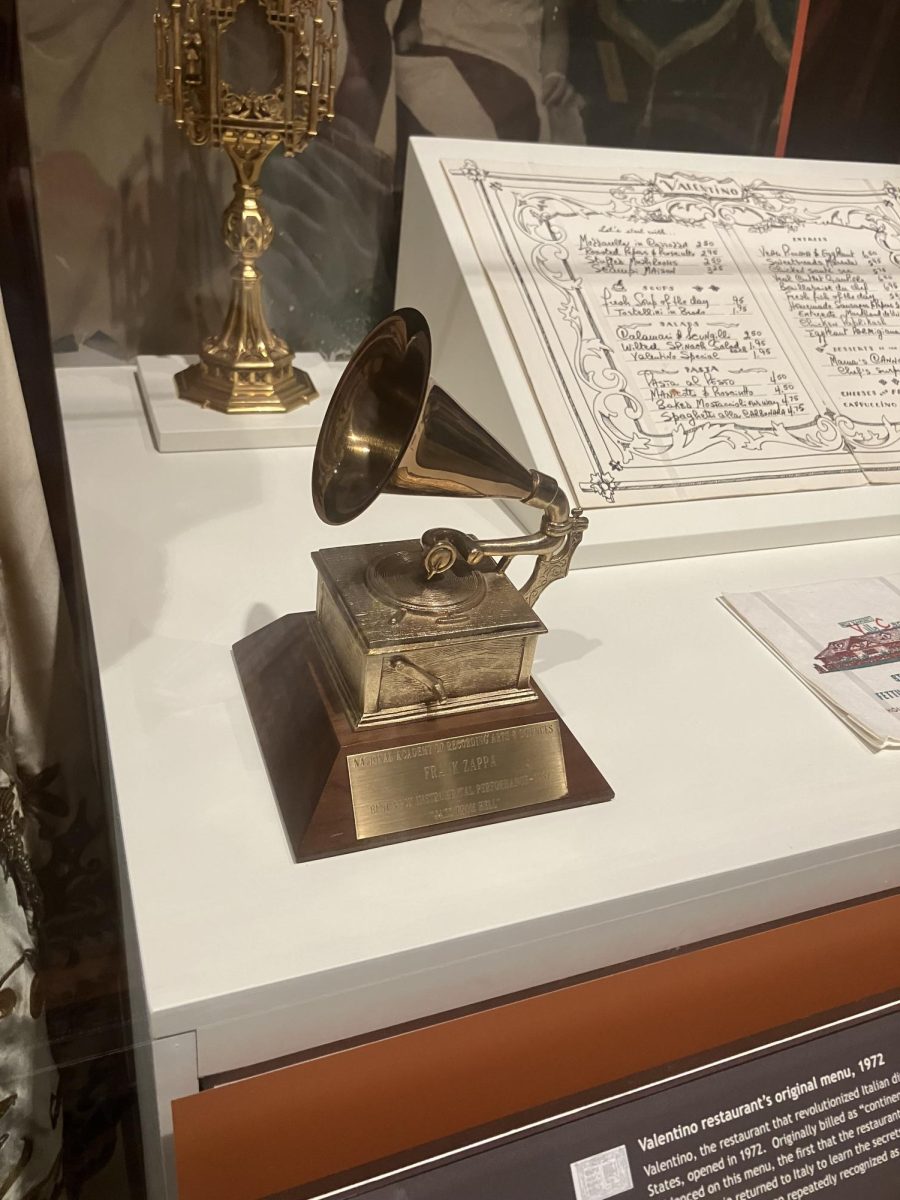 The Italian American Museum spotlights Italian dining in the United States, which underwent a drastic change with the opening of the restaurant Valentino in 1972. In his return to Italy, Piero Selvaggio was determined to discover more about Italian cuisine; Valentino’s menu is on display in the Italian American museum.
The Italian American Museum spotlights Italian dining in the United States, which underwent a drastic change with the opening of the restaurant Valentino in 1972. In his return to Italy, Piero Selvaggio was determined to discover more about Italian cuisine; Valentino’s menu is on display in the Italian American museum.
 Located in Little Tokyo, an integral element of Japanese art, ceramic (yakimono) pieces are on display in Tea Master Matcha Cafe and Green Tea Shop.
Located in Little Tokyo, an integral element of Japanese art, ceramic (yakimono) pieces are on display in Tea Master Matcha Cafe and Green Tea Shop.


